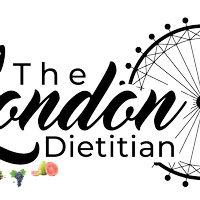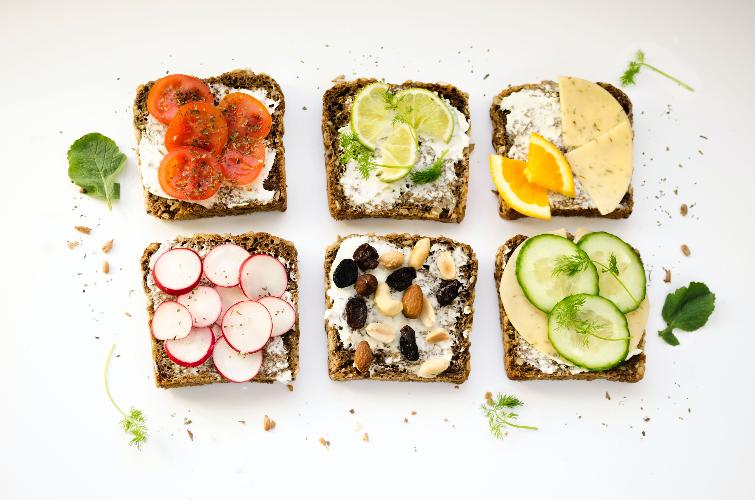In recent years, fibre has certainly become the buzzword. But, is it indeed worth the hype or is it just another overhyped gimmick in the nutrition marketing world? I can confirm that fibre does truly deserve to be in the nutrition spotlight and the positive impact it has on our health should not be underestimated by any means. The problem is that we are not getting anywhere near enough of how much we need.
But first, let’s take a step back and get an understanding of what fibre actually is. Fibre is a type of carbohydrate that humans cannot digest. It is found only in plant produce such as fruit, veg, nuts, seeds, pulses, legumes and grains.
Most food we eat is digested and absorbed in the smaller intestine which is higher up in the digestive tract. Instead, fibre travels undigested all the way down to the large intestine where our gut microbiome (a colony of bacteria, viruses and fungi that reside in our gut) use it as fuel, who in turn ferment this fibre and create a bunch of beneficial compound known as short-chain fatty acids (SCFAs). Not only do these SCFAs encourage the growth of beneficial bacteria and supress the growth of harmful bacteria in the gut, research has shown that these compounds have the potential to influence a range of processes in our body from immunity to mental health, to general gut health and so much more!
In addition to fibre acting as a food source for our community of friendly microbes, it also has other functions such as:
-Stabilising blood sugars if you have diabetes. It does this by slowing down the rate of absorption of glucose from food.
- Keeping your bowel movements regular- not getting enough fibre in the diet is one of the most common causes of constipation. The different types of fibre found in food help to keep the stool soft, but also act as a brush to keep the stool moving through the gut.
- It binds to cholesterol in the gut which means it can help to lower the absorption of ‘bad’ cholesterol.
- It helps to keep you fuller for longer. It does so by taking up space in the stomach which subsequently sits there undigested, making us feel full and so help to prevent us from eating other foods.
Now, here’s the thing. Research has shown that most adults only manage approximately 15g of fibre per day. ‘Well, how much should we be having?', I hear you ask? For optimal health, it is recommended that we have at least 30g of fibre per day- a figure that most people in the UK are really far from. So, how can we increase the fibre in our diet?
1) Keeping the skins on of fruit and vegetables.
2) For meals that are meat-heavy such as spaghetti bolognese, cottage pie, lasagne, chilli con carne etc, try replacing some of the mince with lentils or beans.
3) Switch to smoothies rather than juices- or if having a juice, put the pulp back in.
4) Switch from white to 50:50 or 100% wholegrain bread. Or even try wholegrain seeded bread (my favourite!).
5) Sprinkle mixed seeds to your yoghurt/smoothie/porridge in the morning.
6) Enjoy a handful of nuts as a snack
7) Enjoy a high fibre cereal in the morning such as shredded wheat, fruit and fibre, Weetabix, branflakes etc. - topped with dried or fresh fruit and nuts- delish!
Gut Warning: When increasing fibre in your diet, it is important to start slow and gradually, particularly if your current diet is low in fibre. This is to avoid overwhelming your friendly gut colonisers which can lead to symptoms that nobody wants to have i.e. wind, bloating and constipation. A slow increase will give sufficient time for you and your healthy microbes to adjust to the higher-fibre diet. Additionally, when increasing fibre, you want to ensure that you are drinking at least 1.5-2L of fluid per day to help avoid constipation and make it easier for the fibre to do its job!
So, tell me, how will you be increasing your fibre intake in the coming weeks?

